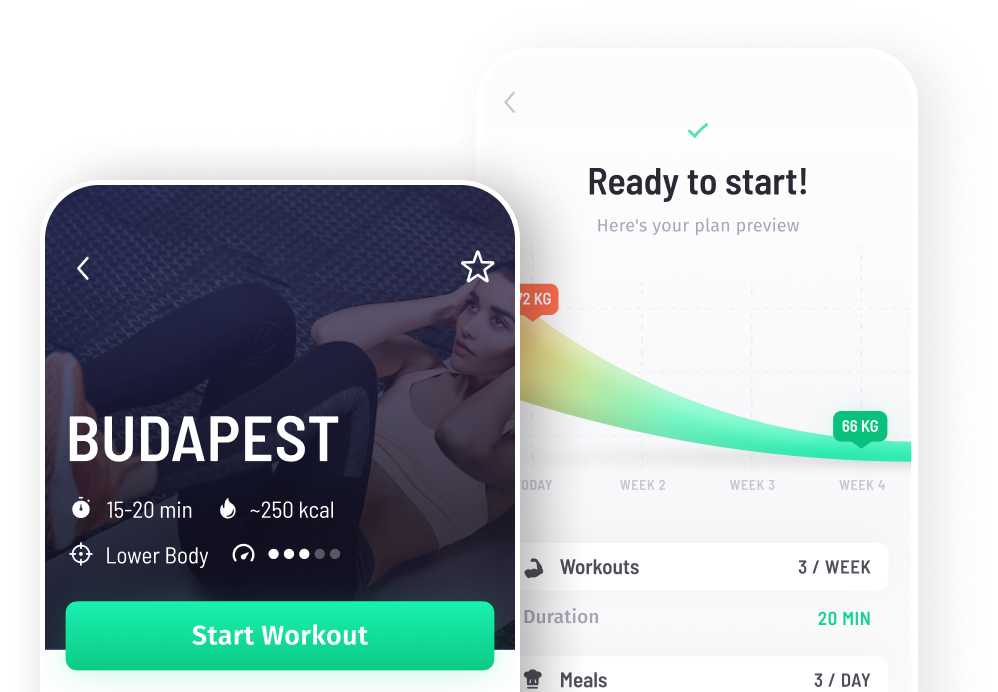The term 'functional training' can sometimes be quite vague and is often misinterpreted. In essence, functional training is exercise that mimics everyday activities, helping to strengthen the body to perform regular day-to-day tasks better. It also helps to prevent injuries.
Why is Functional Training so Good?
Functional training is often performed using props such as balance balls, exercise bands and straps, free weights and rollers. It helps build strength, agility, balance, endurance and co-ordination.
Functional training is beneficial for stabilising and strengthening the deep core muscles. Because of this, it also aids posture. It helps to develop muscle strength where it is needed for regular day-to-day activities, such as squatting to pick up a heavy item or stretching to reach something on a high shelf. It concentrates on everyday, real world activities, rather than focusing on the aesthetics of toning and building muscles.
Who Should do Functional Training?
Functional training originates from rehabilitation exercises - when the injured person is given specific movements to perform to aid recovery. These days, it is a category of fitness in itself, but it is still used for people recovering from injuries. The added benefit is that it can help to prevent further damage due to stabilisation of the muscles.
People of all levels of fitness and experience can benefit from functional training. It is especially useful for those people who are at risk of injury from repetitive actions in their daily life. Through strengthening the muscles associated with these activities, and improving core strength, stability, co-ordination and balance; the risk of injury is significantly reduced.
Functional training is also beneficial for people who play sports because it improves the bodily movements needed to perform the associated actions. For example, more efficient running strides when playing football or smoother and more agile side to side motions when playing tennis.
Examples of Functional Training Exercises
There are likely some exercises that you already do that fall into the functional training category.
For example:
- Push-ups (can also be done on a stability ball to enhance core strength)
- Squats (optionally holding a dumbbell in each hand by your side)
- Step-ups (stepping up repeatedly on to a bench or step, optionally holding dumbbells)
- Lunges (again, optionally weighted)
- Single-arm rows (using dumbbells, either in a press-up position or leaning on a bench)
- Overhead press (also known as shoulder-press, in functional training, this is often combined with lunges)
Pick your favorites from the list above and build them into your own routine. With regular practice, you will experience lots of benefits that extend beyond the gym and out into your daily life.
Did you enjoy this article? Share it!

